It is undeniable that climate change is upon us. Living in a typhoon country, I had witness how climate change made typhoons stronger than before, and even the already extreme weather in the Philippines. Monsoon dumps more rain than the year before, and it caused floods over the metro. Over the decade, we saw how communities were devastated and took years to rebuild their homes. When I said earlier that I witness, I mean that I had experienced it. Last December 16, 2021, our region was devastated by a super-typhoon Odette. It was an experience that I will never forget for a lifetime. I don't want to spoil all details here, like a bad record player, since I already elaborated it in a previous blog.
Experience the climate change
As Filipinos finds ourselves at the forefront of climate change, our proximity to water is both a blessing and a curse. Water nourished our lands, but the same water caused flooding in our cities. Our experienced with climate change have been anything but subtle. We can still remember until today how devastating typhoon Haiyan (locally named Yolanda) was. Two weeks before typhoon Haiyan washed out Tacloban, I was there for a school event. It was a peaceful and busy place. After the typhoon hit Tacloban, typhoon Haiyan left debris and dead bodies. A nightmare is an understatement to what happened.
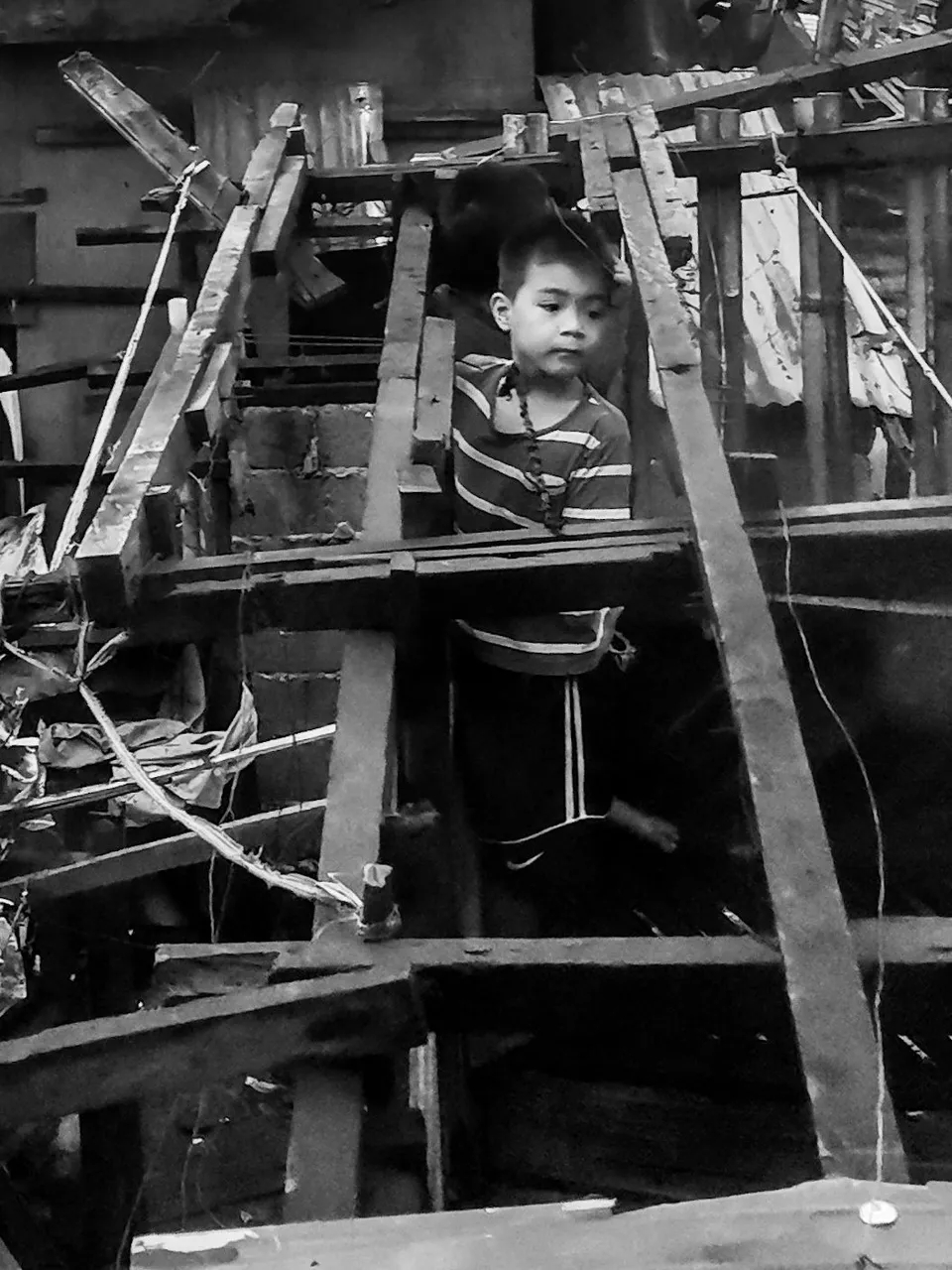
While my home didn't experienced devastation from typhoon Haiyan, my relatives in the North experienced the wrath. What we experienced after typhoon Rai (locally named Odette) is similar to what they experienced with Haiyan. It will take us months to repair the damage, but we are fortunate that Odette was a spring shower in comparison to Yolanda, which killed over 6,000 people and left millions homeless or displaced.
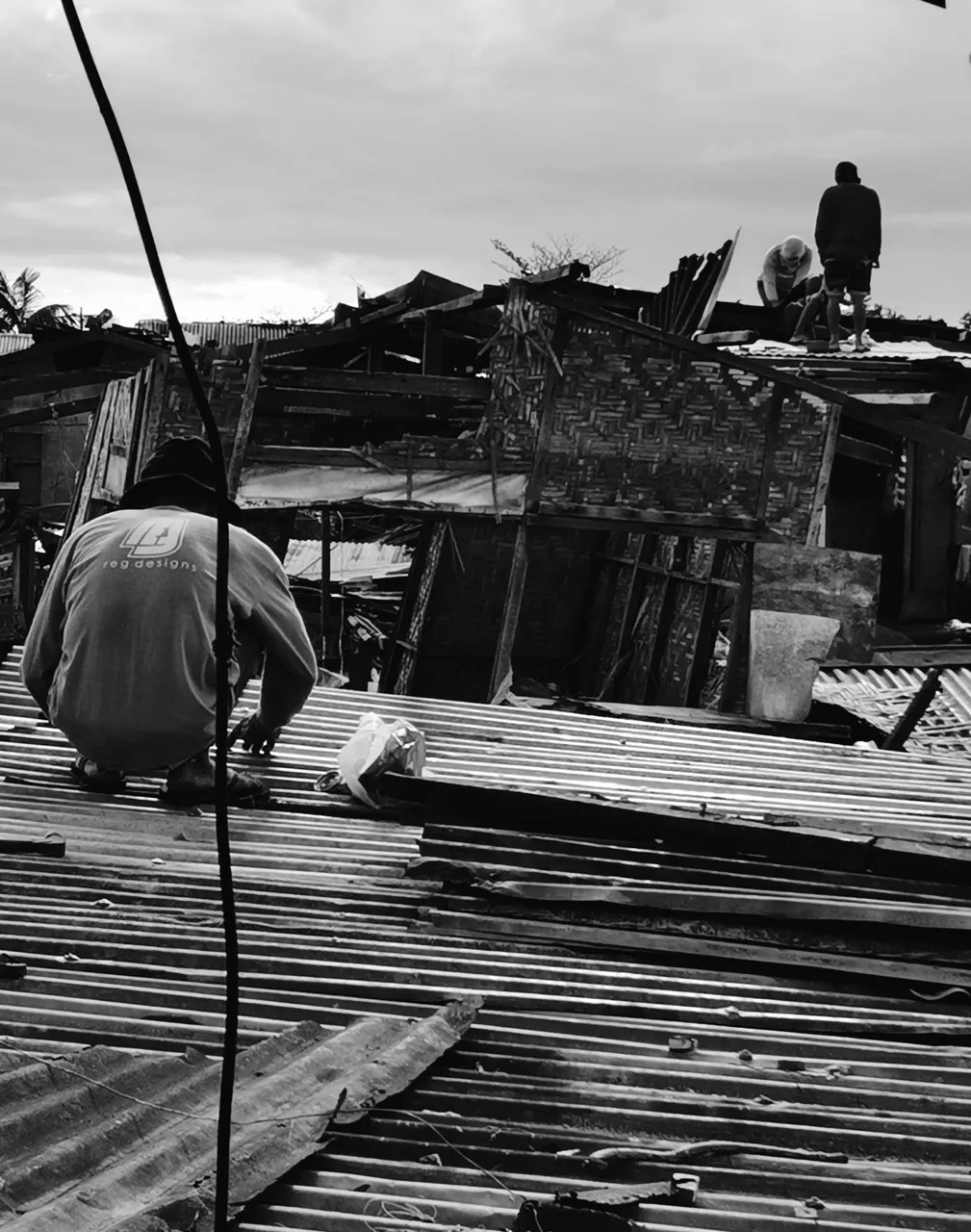
With electricity out of the picture, drinking water is scare. Our communication lines and internet is down. Three weeks after, our homes still don't have electricity but our local utilities are working hard to bring electricity by the end of the month. Our government and volunteers from the community started to clear out fallen post and trees, and debris from the typhoon. Although our circumstances was unfortunate, we saw how the community work collectively to help one another bounce back.
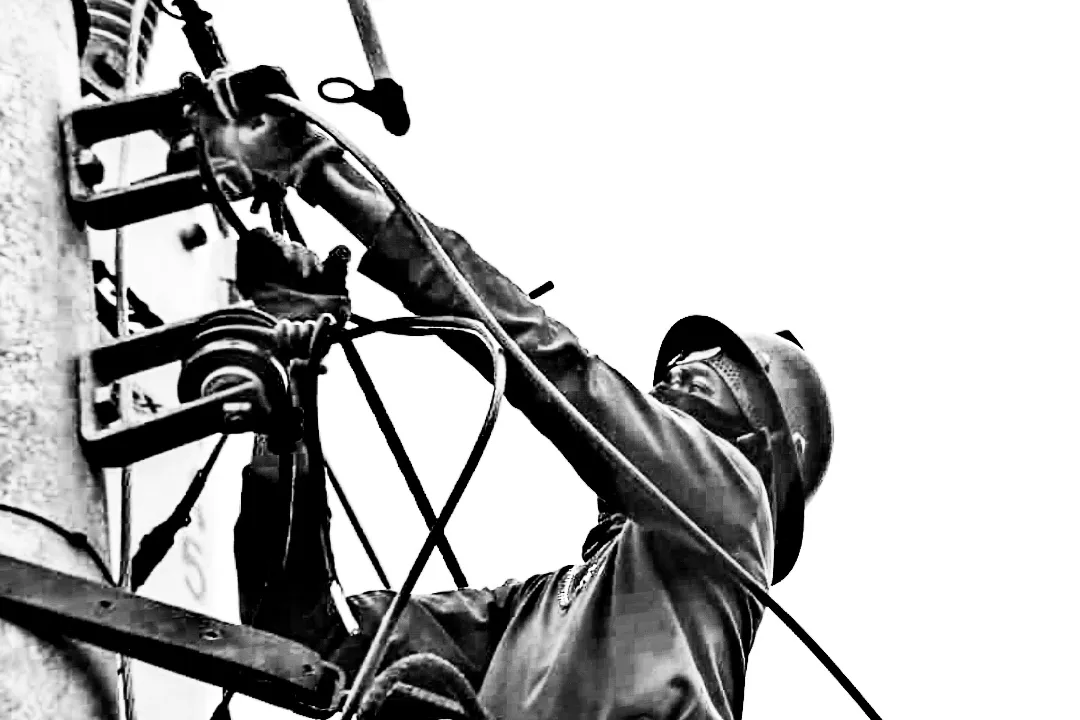
Climate change not only strengthen typhoons but offer severe droughts too. A severe drought led many cities and provinces that lead to declaration of a state of calamity due to serious water shortages. What we experienced is a fraction of what climate change brings to our lives. Unless we make better decisions to mitigate climate change, it will only get worst in the future. With high degree of vulnerability and exposure to extreme climate, we need to collectively work to mitigate climate change and become climate resilient. Our government must also be proactive towards devising disaster resilient plans to respond aptly once a disaster hit.
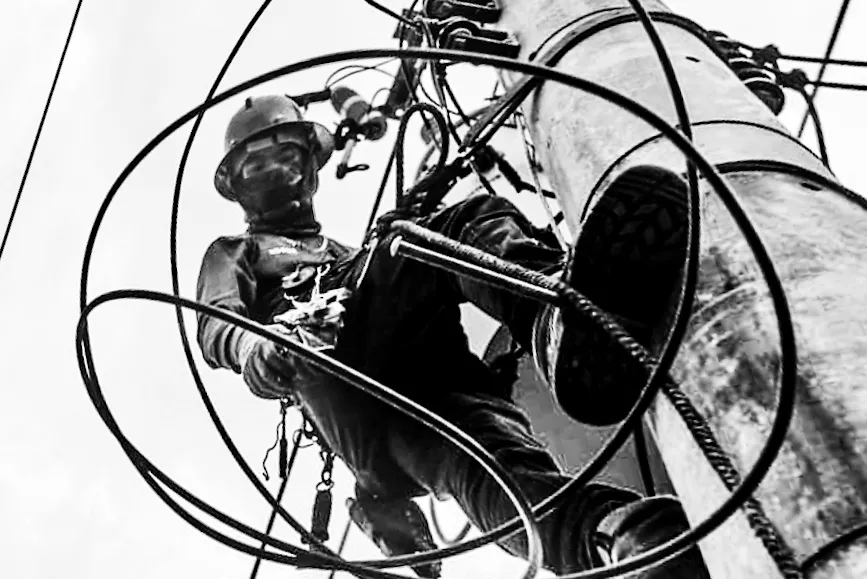
When typhoon Odette hits the Philippines last December 16, 2021, Cebu were left with debris and some casualties. Like other typhoon that hit out nation, we struggle to find means to communicate and a drinkable water. With water purification station not operational, water prices bloated and rationed. Some grocery store had thier supplies out of stock. With fallen electrical post and trees on the road, logistics was immobilized. Disasters exploits our vulnerability and what we lacked and needed to improve.
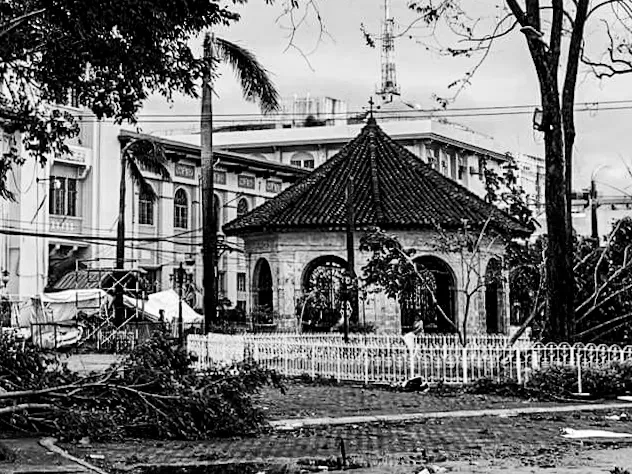
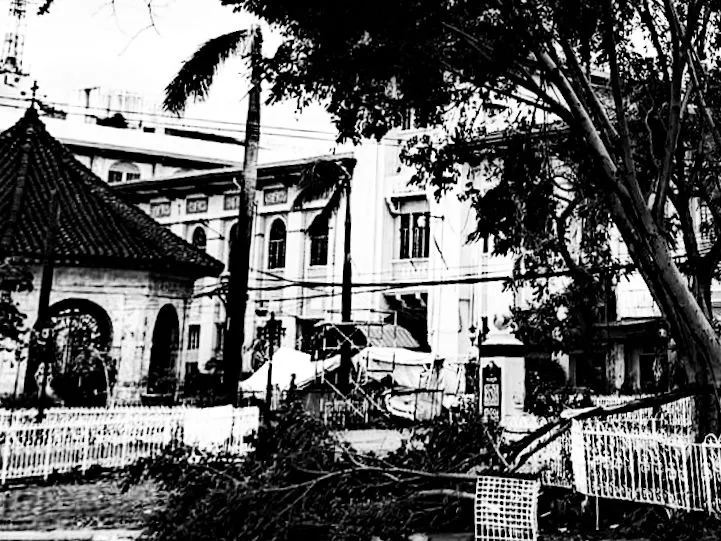
Climate is Water
When we talked about climate change, we often link temperature rise and less with potable water. At plain sight, the connection between climate change and water supply may not appear to be obvious, but the two are in fact inextricably linked. Climate change has potency to degrade our water supply.
Heavy sustained rainfall causes landslides and accelerate erosion. Also, it washes away fertilizers from our agricultural lands that pollutes from water streams. Severe droughts can cause surface water levels to drop, concentrating harmful pollutants. It exploits our overreliance on groundwater.
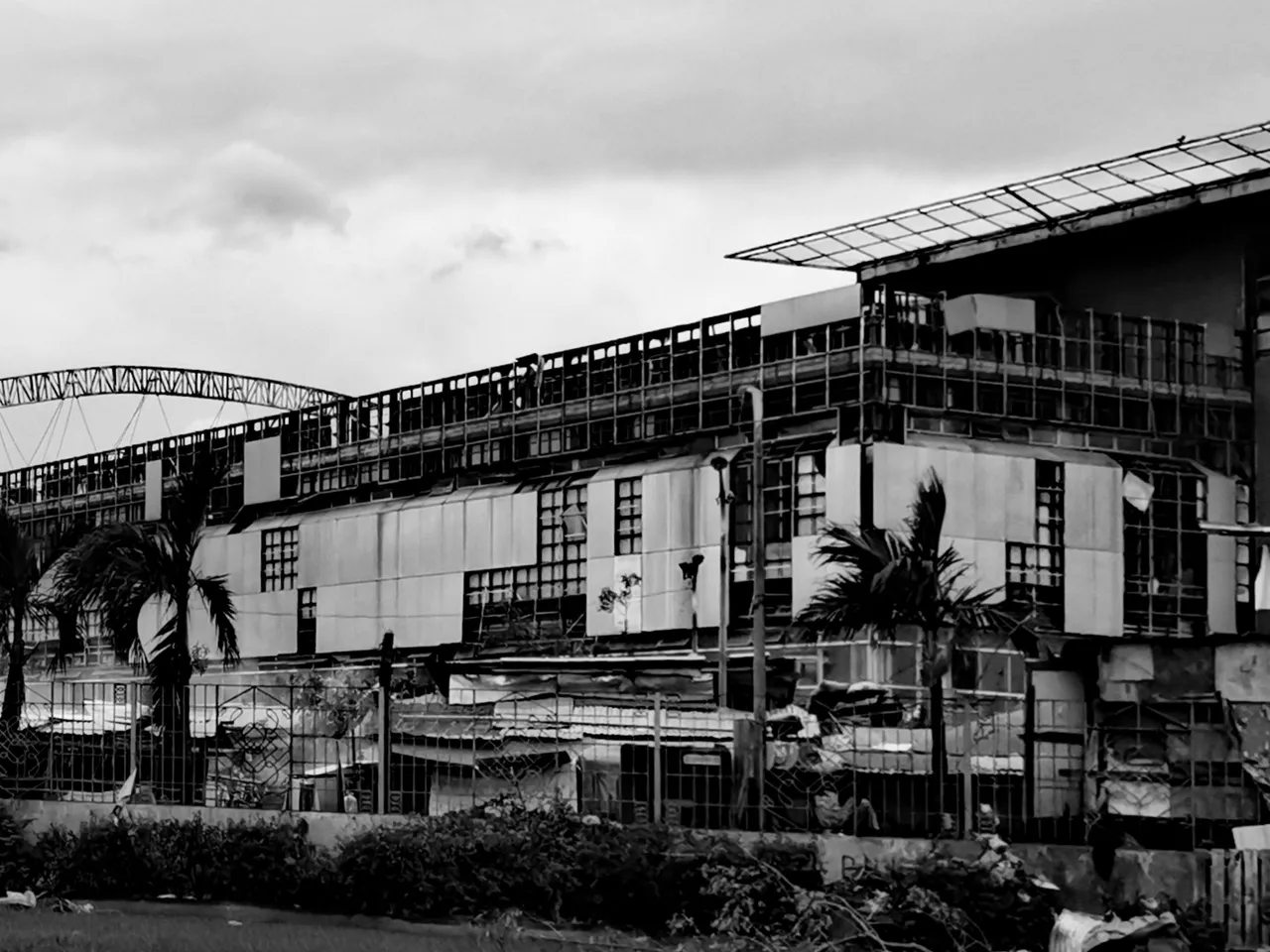
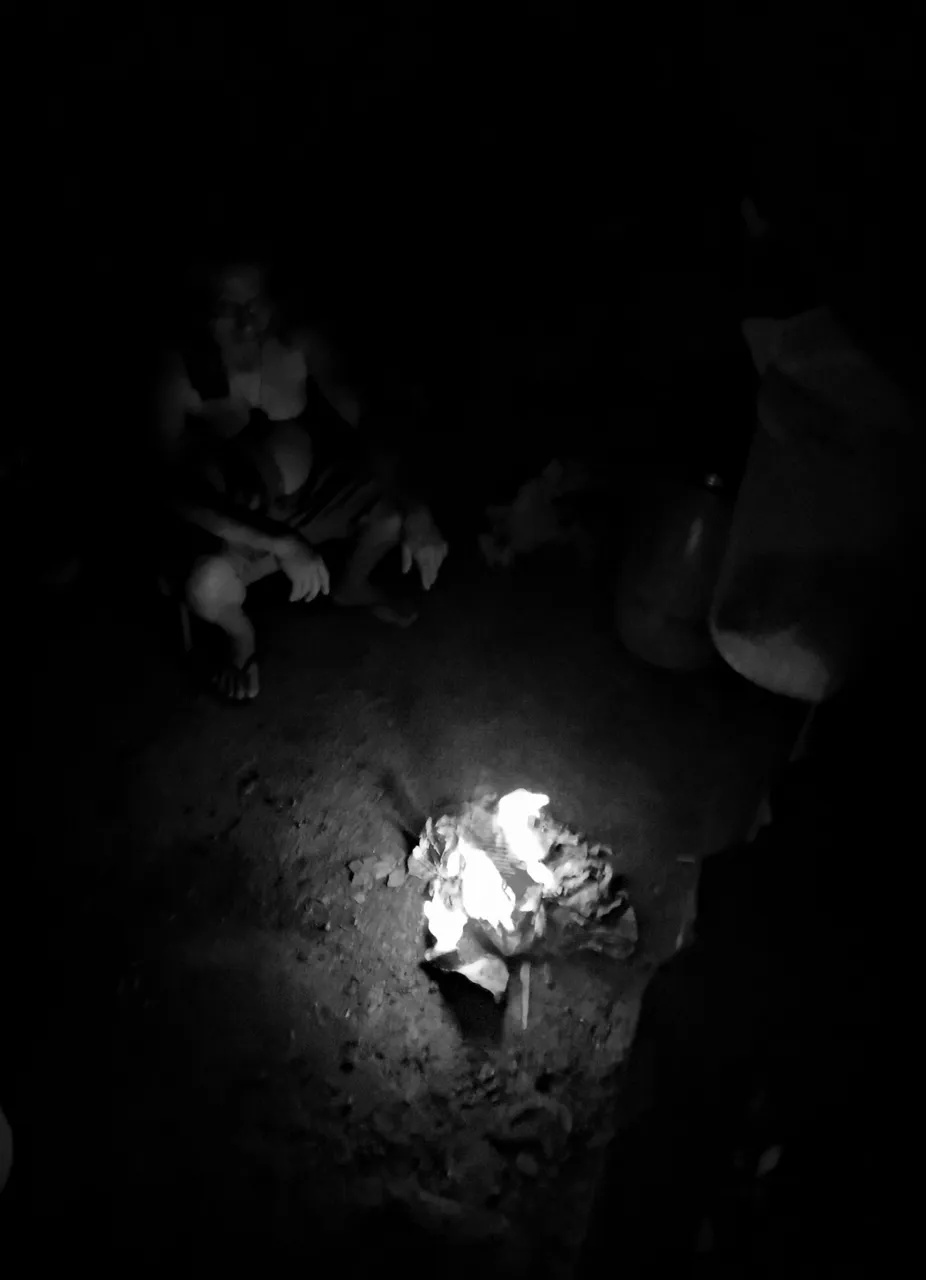
Climate change exacerbates the danger and the unfavorable situation that we are in. Water supply becomes less reliable as rainfall becomes more erratic. Simultaneously, as the days become hotter, more water evaporates from our reservoirs, just as our demand rises.
Many are arid to begin with, and some are wasting what little water they do have. Several are overly reliant on groundwater, which they should be replenishing and storing for times of drought. When our city or country used up nearly all the water available, a bad drought can be catastrophic.
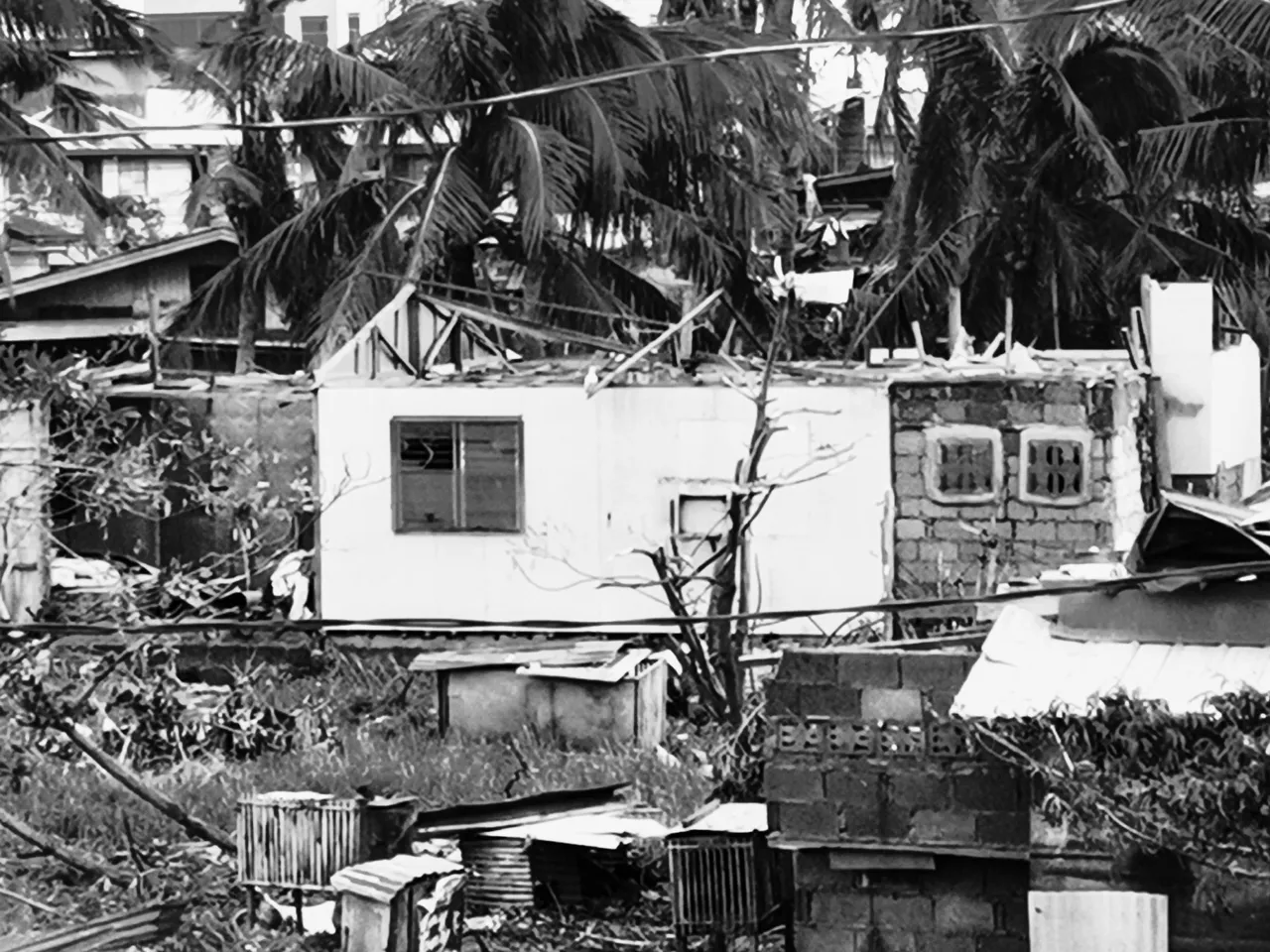
Climate Resiliency
Disasters strike in every corner of our world, at all times of the year, and on varying scales. Before we shrugged typhoon since we find them seemingly too weak to tear down our homes, but we were schooled by the recent typhoons. With climate changing and typhoons becomes undiniably stronger than before, it now occur to us the threat and risk that we are in.
Our lives are changing and our cities expanding faster than ever before. We are becoming more interconnected. Our uncertainty and insecurity are on a scale beyond our ability to control. Climate change has been and will continue to be a problem. We need to be resilient to withstand stronger typhoons and possibly respond appropriately when one strikes.
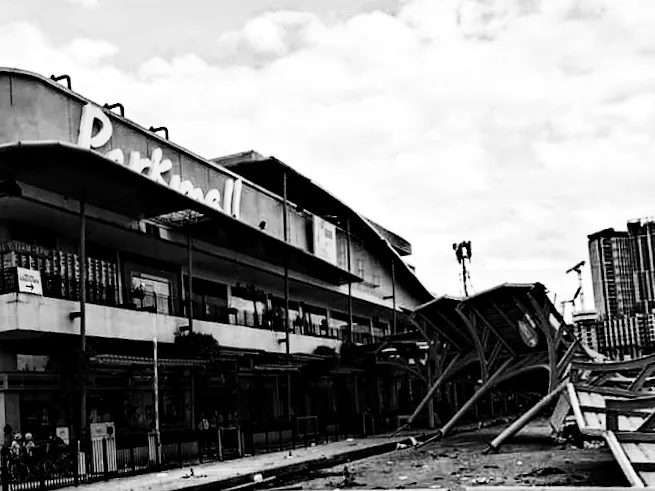
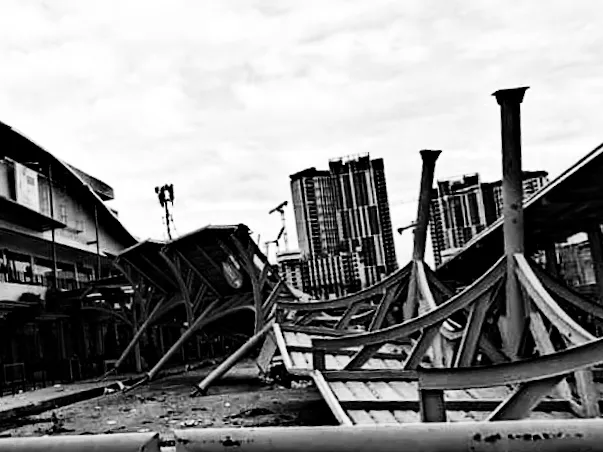
Sustainability alone is not an adequate to be climate resilient. We need a regerative culture that is resilient and adaptable to our climate needs. We don't just need awareness but actions that will help humanity thrive for the future. Resiliency is closely tie with our health. We should have the ability to recover and bounce back from temporary breakdowns or crisis.
Climate change actions prioritized minimizing the cause of deterioration of our environment. But it only do little to the worsening climate change situation that we have. Instead of doing less damage to the environment, we must start doing something to accelerate nature preservation. By doing so, we develop a regenerative culture that is climate resilient.

For a New Climate Story
I would never forget the night that wiped out half of our home. When I tried to recollect the experience, it gives me chill. It was a typhoon experience that I never had before. That experienced enables me to look at things at a different perspective. It open my mind to how climate change put us in risk and will continue to do so. It also proves that sometimes we need to pay attention to things to be prepared.
We need to embrace uncertainty and ambiguity. When we truly accept that uncertainties, we can finally give more value towards climate change. We accept the complexity of our humanity to validate the story of unity rather than the old story of separation. With these circumstances, we find regenerative way for human intimacy, reprocity and communion that our lives are as one with nature. Living in a typhoon country enables us to accept uncertainty and understand climate change deeply.
Readings on Climate Change, Resiliency and Sustainability
Guinto et. al., An agenda for climate change and mental health in the Philippines, The Lancet's Planetary Health
C. Butler, Climate Change, Health and Existential Risks to Civilization, NCBI
JA Duran-Encalada, The impact of global climate change on water quantity and quality, ScienceDirect
@juecoree, Sustainability is not enough but regenerative thinking will
Feature Photos: All photos in the blog is courtesy of the author unless specified with citation.
